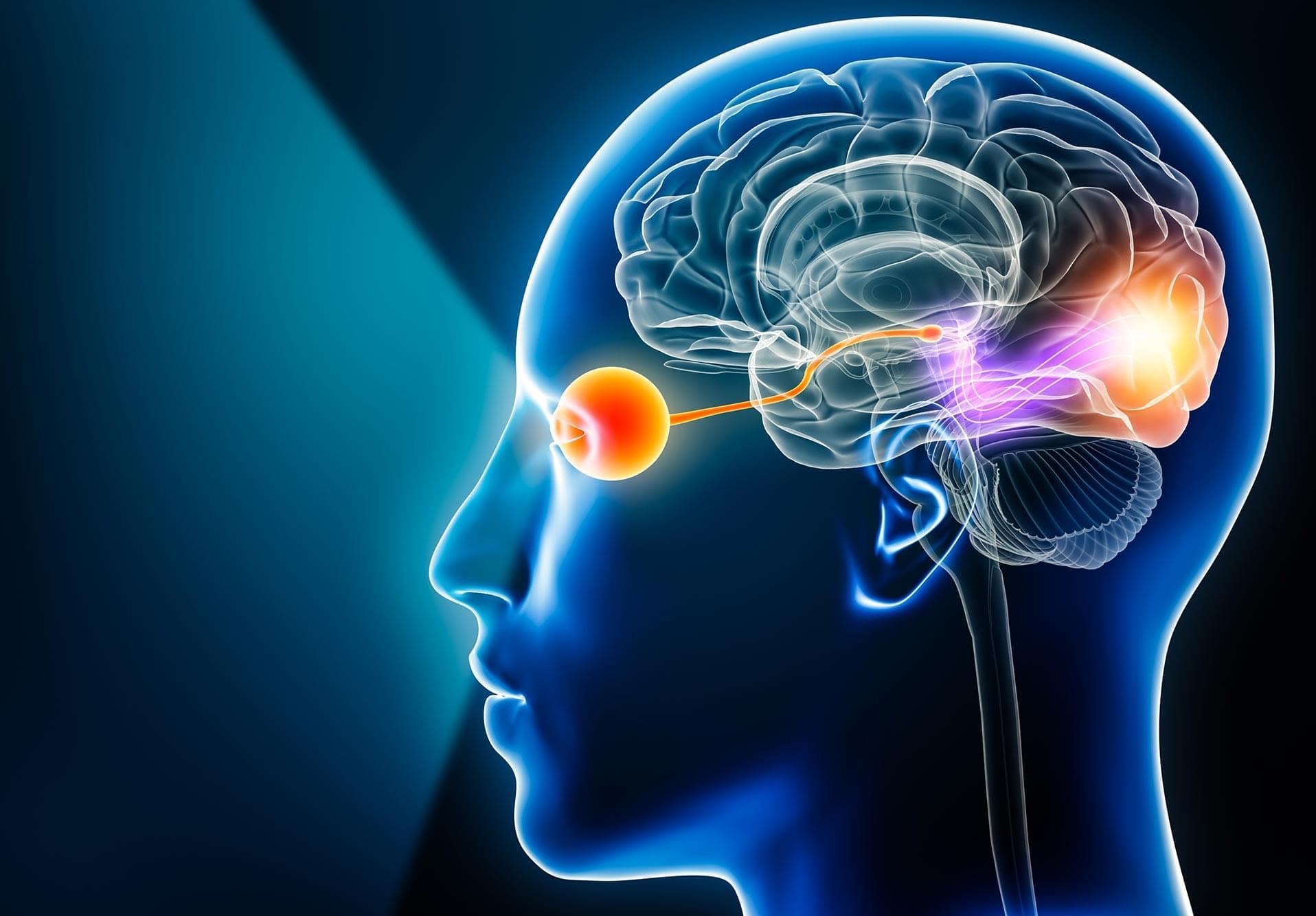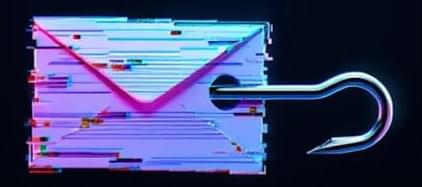Liquids and solutions are complex environments—think, for example, of sugar dissolving in water, where each sugar molecule becomes surrounded by a restless crowd of water molecules. Inside living cells, the picture is even more complex: tiny liquid droplets carry proteins or RNA and help organize the cell’s chemistry.
Despite their importance, liquid environments are notoriously difficult to study at the level of individual molecules and electrons. The core challenge is that liquids lack a fixed structure, and the ultrafast interactions between solute and solvent—where chemistry actually happens—have remained largely invisible to scientists.









